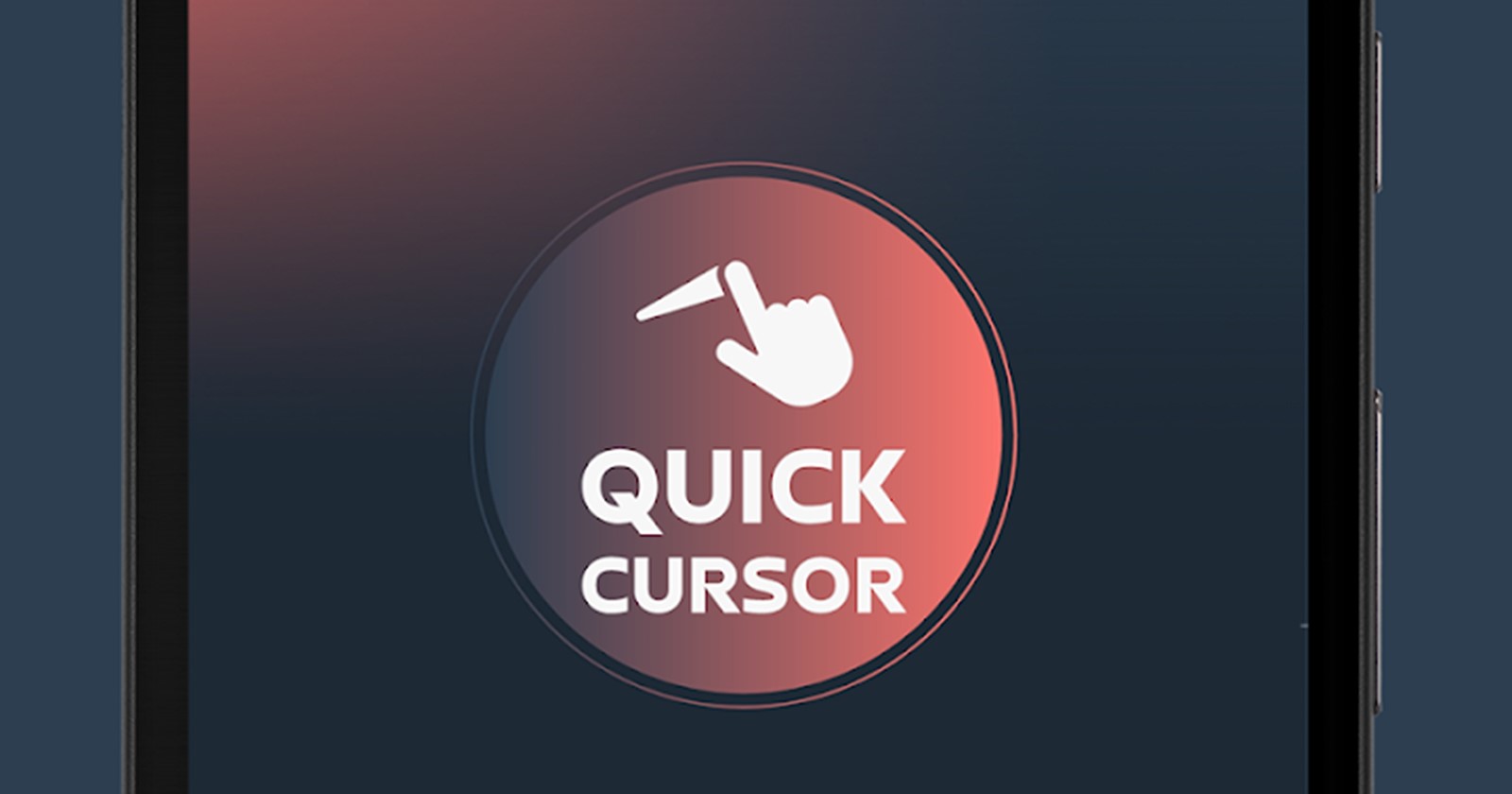If you’ve been struggling with touch simulation on your Android device lately, you’re not alone. A pesky bug in Google’s Android framework has been causing headaches for accessibility service apps and developers alike, leaving touch simulations dead in the water after certain actions. It’s not just limited to one version — this issue reportedly has its claws in the stable Android 15 QPR1, the latest Android 15 QPR2 Beta, and even the new Android 16 Developer Preview 1. Yes, it’s that widespread.
Imagine this: you’re happily drawing circles on your screen with your thumb — because who doesn’t do that, right? Then you decide to use an app that simulates touch events through an accessibility service or ADB command. Suddenly, the magic stops. Your simulated taps and gestures fail, the screen stubbornly ignores you, and no amount of finger-flailing can bring it back.
What’s happening here is that the InputDispatcher — Android’s traffic cop for touch events — is getting confused. It’s holding onto a “stuck” touch event, a misstep that leaves the rest of your simulated touches out in the cold.
The issue can be replicated consistently using apps like Quick Cursor or via ADB commands. Simply simulate touch events while doing some quick manual swiping or tapping on your device. After a few moments, simulated touch inputs stop working altogether. If you’re a developer, you’ll see a “Invalid DOWN event” error in your logcat, pointing to the exact moment Android loses its cool.
The good news? A workaround exists. Performing a multi-touch swipe resets the stuck touch event, bringing simulated inputs back to life. It’s like a defibrillator for your screen — not exactly ideal, but it gets the job done.
This bug isn’t just some obscure developer issue. Apps that rely on touch simulation — like Quick Cursor, Auto Cursor, and Samsung’s One Hand Operation+ — have been rendered nearly useless. For many users, these apps are lifelines for navigating their devices, especially when one-handed use is necessary. Rebooting the phone repeatedly or executing tricky workarounds isn’t exactly a user-friendly solution.
Reports of the issue have trickled into Google’s Issue Tracker and Reddit, with affected users expressing their frustrations. Some have even noted that the bug has been around since Android 15 QPR1, although it took a while to figure out what was triggering the problem.
Google is listening and working on a fix
Thankfully, Google has officially acknowledged the issue. The bug was recently marked as “Assigned” on the Android Issue Tracker with a Priority 2 and Severity 2 designation. While this isn’t a “break glass” emergency for Google, it’s clear they’re taking it seriously enough to investigate. The Android team is now aware that the bug affects not only the current Android 15 QPR2 Beta but also the very first Android 16 Developer Preview.
Users who rely on accessibility apps are hopeful for a fix, but for now, the problem remains unresolved. The developer of Quick Cursor, who has spent weeks debugging this issue, has done a stellar job outlining the problem and providing Google with detailed reproduction steps. Yet, a permanent solution from Mountain View HQ is still up in the air.
If this bug has been ruining your day, you’re encouraged to star the issue on Google’s tracker and share any additional details that might help. The more noise the community makes, the faster Google might move to squash this bug. In the meantime, keep that multi-touch swipe trick in your back pocket — it’s a lifesaver.


